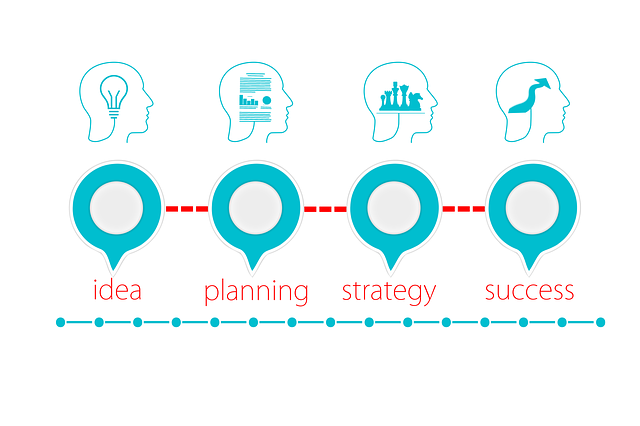In competitive real estate, a strategic approach with SMART goals and KPI tracking is vital for success. Setting specific, measurable, achievable, relevant, time-bound goals improves performance and resource allocation. Tracking KPIs like sales, occupancy, and customer satisfaction enables data-driven decisions, fostering continuous improvement and navigating market challenges effectively.
In the dynamic realm of real estate, defining and tracking progress towards a clear vision is paramount for success. This article guides you through establishing a robust long-term vision for your real estate venture, breaking it down into measurable milestones. We explore strategies to set achievable goals, track performance using key metrics, and navigate the path to realization. Unlock your real estate potential by transforming your vision into tangible achievements.
Define Long-Term Real Estate Vision

In the dynamic realm of real estate, defining a clear and compelling long-term vision is paramount for success. This vision should encompass not just immediate goals but a strategic roadmap that predicts market trends, adapts to evolving consumer needs, and ensures sustainable growth. It’s about imagining the future landscape of properties, communities, and urban spaces, and outlining a path to get there.
A well-crafted long-term real estate vision involves setting measurable milestones aligned with key performance indicators (KPIs). These could include increasing portfolio diversification, expanding into new geographic markets, enhancing property management efficiency, or achieving specific occupancy rates. By quantifying these objectives, developers and investors can track progress, make informed decisions, and navigate the ever-changing real estate landscape effectively.
Establish Measurable Milestone Goals

In the dynamic landscape of real estate, establishing measurable milestone goals is a strategic move that propels success. These goals should be SMART – Specific, Measurable, Achievable, Relevant, and Time-bound. For instance, instead of setting a vague target like “increase sales,” aim for “close 15% more deals within the next quarter.” This clear objective allows agents to track their progress effectively.
By breaking down grand visions into tangible milestones, real estate professionals gain a competitive edge. They can allocate resources efficiently, celebrate achievements, and make data-driven adjustments. Measurable goals also foster accountability, encouraging consistent performance and fostering a culture of continuous improvement within the team or agency.
Track Progress with Key Metrics

In the dynamic realm of real estate, tracking progress is paramount for achieving a well-defined vision. To ensure success, establish key performance indicators (KPIs) that align with your strategic objectives. These metrics could include sales figures, property occupancy rates, or customer satisfaction scores—all vital signs of your venture’s health. Regularly monitoring these KPIs allows you to identify trends, make data-driven decisions, and promptly adapt your strategies.
By setting measurable milestones and tracking them through defined metrics, real estate professionals can navigate the complex landscape with confidence. This practice enables proactive management, fostering a culture of continuous improvement. Whether focusing on sales targets, market penetration, or customer retention, these metrics provide a clear roadmap for transforming your vision into tangible achievements.






